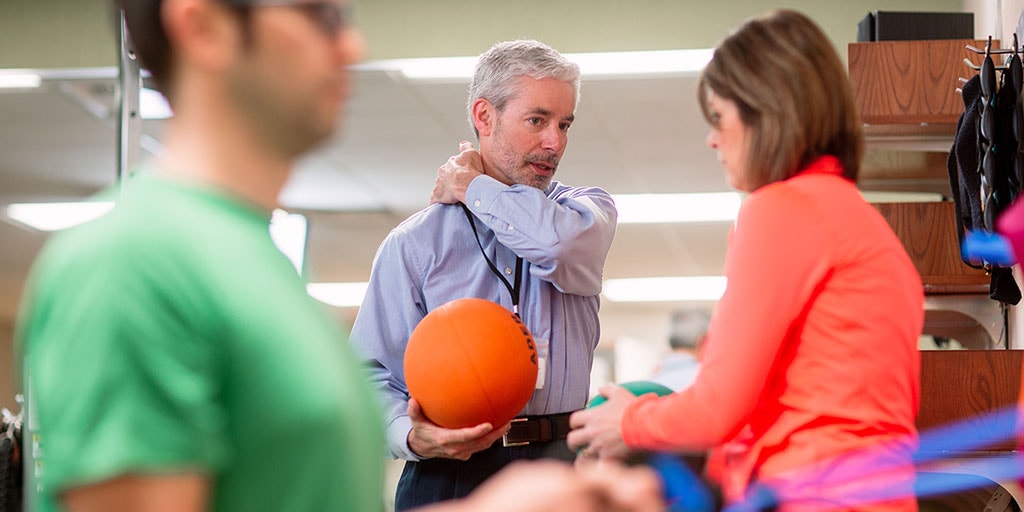One of the main methods used to reduce dyspnea in physical therapy is the practice of controlled breathing activities. These exercises often concentrate on abdominal breathing, which promotes patients to use their breathing muscle rather than their upper thoracic muscles when breathing in. This method helps to maximize lung volume and efficiency. Additionally, pursed lip breathing is another approach that can be helpful. This technique involves inhaling through the nose and exhaling slowly through compressed lips, which can assist to keep airways open longer and render breathing feel more manageable. By including these activities into therapy sessions, physical therapists can provide patients with tools to control their breathing difficulties both during and beyond of their appointments.
Another important aspect of managing dyspnea in physical therapy is the creation of an personalized exercise program. Customizing exercises to satisfy the specific needs and capabilities of each patient is essential. Therapists should gradually introduce aerobic activities, such as walking or cycling, in a structured manner, allowing patients to build their endurance over a period. This progressive approach helps patients to feel more at ease with fitness activity while simultaneously improving their lung capability and overall stamina. It is vital for therapists to observe patients carefully during these exercises to ensure they are not overworking themselves, which could result to increased shortness of breath.
Education also plays a major role in alleviating dyspnea during physical therapy appointments. Providing patients with knowledge about their ailment and the factors behind dyspnea can enable them to take charge of their health. Therapists can describe how elements like anxiety, posture, and environmental conditions can affect breathing. By understanding these concepts, patients can discover to control their issues more effectively. Techniques such as anxiety reduction strategies and proper body mechanics can additionally assist in reducing the impact of dyspnea during daily activities and therapy appointments.
In summary, effectively alleviating breathing difficulties in physical therapy appointments involves a combination of breathing exercises, personalized exercise regimens, and patient education. By applying these effective approaches, physical therapists can help patients control their breathing difficulties and improve their overall well-being. Working together between therapists and patients is crucial to create tailored interventions that address individual find out here needs. With the appropriate support and techniques, patients can experience relief from dyspnea and engage more completely in their physical therapy process, ultimately leading to a better quality of life.
